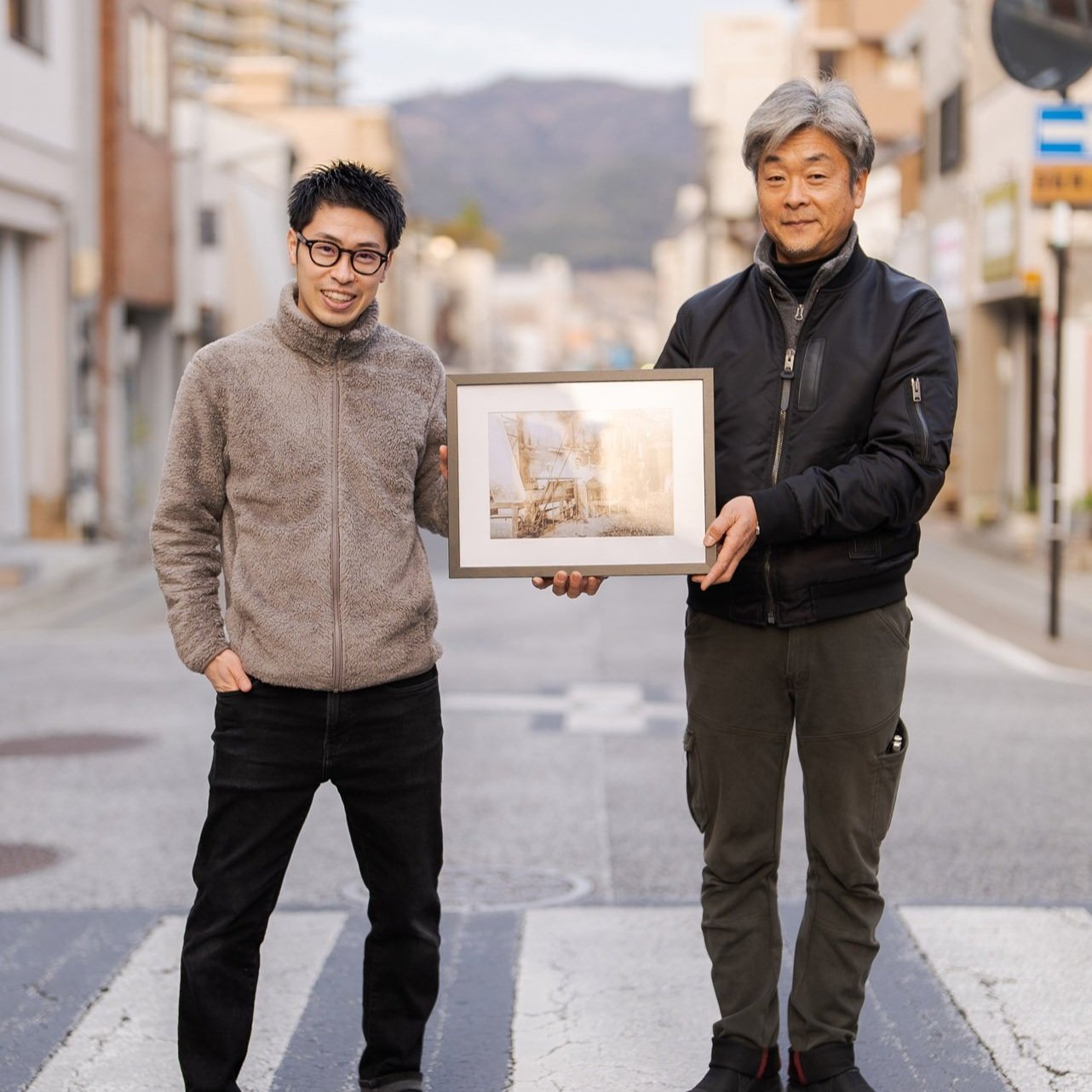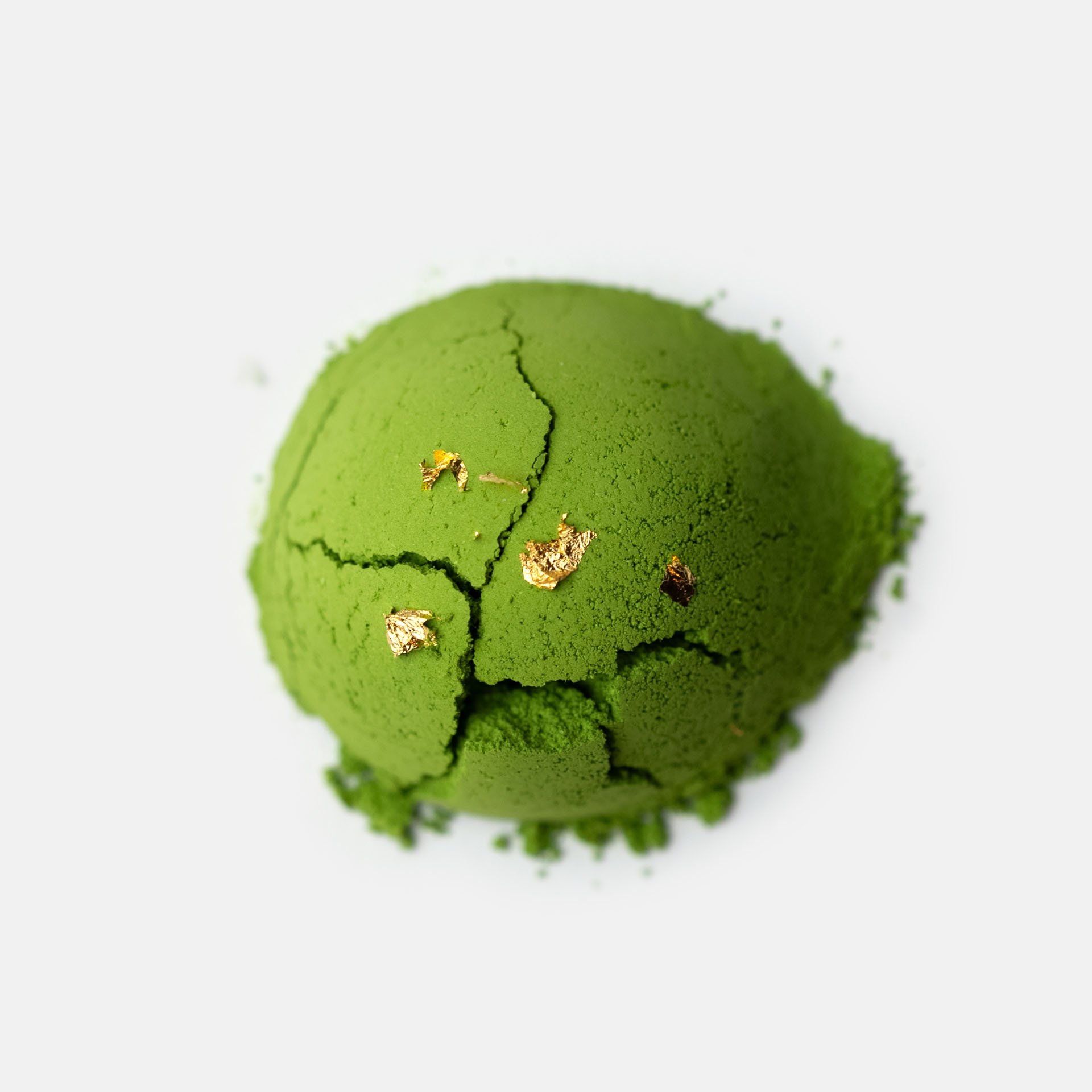About this Matcha
Unlike any Samidori we’ve tasted before, Shimizuさん (a 9th-generation Uji tea farmer) Matcha leaves a noticeable tingle like Sichuan peppercorn. This invigorating texture is pleasing and perplexing.
As far as flavor, the Matcha is characteristically Samidori—smooth and rounded, though this Matcha is more substantial almost like a heavy stone wrapped and suspended in silk.
Backward tannins, start narrow and widen at the base in the shape of an alchemist’s flask. In tea, achieving good flavor and aroma is relatively easy. Excellent lingering aftertastes and complex textures are rare.
This Samidori is worth the value simply in its aftertaste, and we’re excited for you to experience it.
-
This Samidori is texturally profound, with a simple and clean spring-like flavor. In regards to fine tea, the excellent texture should hold more consideration than flavor or aroma as the texture is harder to achieve than taste. Samidori is known for its round, soft texture that is comfortable. Good, but rarely great—we trade the (rare) possibility of sublimity for reliability. This month’s Samidori broke all my textural expectations.
Here is the texture of an alchemist flask (rather than the expected rounded sphere)—a thin, narrow astringency on the tongue that greatly widens on the base at the back of the tongue. Notes and sharp points a rounded as if the Matcha was draped in silk. The body has a backward weight, as if bitter stone sits at the base, pulling the smooth draped silk backward over it.
After-taste leaves noticeable effervescence on the tongue similar to Sichuan peppercorn on the tongue. Expect a lingering sweetness on your lips well after the Matcha has been consumed. These invigorating aftertastes and textures are worth the value of the Matcha alone.
-
To make a fresh and smooth bowl of Usucha or Koicha, follow our brewing instructions.
-
Long-term Storage: Store unopened Ooika Matcha in the refrigerator. Consume within 6 months.
Room-Temp Short-term Storage: Store opened Ooika Matcha in a cool, dark place away from sunlight. Consume within 3 months.
Refrigerator Short-term Storage: Opened Matcha can be stored in the refrigerator to help maintain freshness, however, the Matcha is at risk of condensation when cooler than ambient air. For this reason, if you choose to store an opened Matcha in the refrigerator, be sure to take the Matcha you need and then immediately place it back in the refrigerator to minimize exposure to the warm air.
Ochairinikki (御茶入日記)
Category Green tea (お茶) |
Subcategory OISHITACHA (おおいしたちゃ) |
Grade Indigo (Beyond Ceremonial) |
Terroir Kageyama, Uji, Kyoto, Japan |
Vintage 2022 |
Cultivar Samidori (さみど) |
Harvest Method 100% handpicked (手摘み, Tezumi) |
Shading Style Kanreisha Tana |
Shading Duration 45 days |
Milling Ishi-Usu (石臼) Stone-Milled by Ooika |
Packaging Cold-stored, oxygen-free bag |
Use Usucha, Koicha |
Shimizuさん
Shimizuさん: 9th-generation Uji farmer, and one of his 10th-generation sons holding a framed photo of the late 8th generation.
Visiting Kageyama, Uji (蔭山)
The available land in Uji shrinks every decade, as more public roads and infrastructure increases.
We can see two of Shimizuさん’s fields from above, bisected by a new road.
To the west, his rice straw-covered Asahi. To the west, Kanreisha's black tarp covered Samidori.



















